Baldur’s Gate 3 launched for PC on Aug. 3 and PS5 on Sept. 6, and it quickly became a community favorite. Much of BG3’s success has to do with its connections to D&D 5E, the most popular tabletop roleplaying game on the market, and many of BG3’s base mechanics come from D&D, from classes to feats.
That said, there are subtle differences between the two systems that might take new players by surprise. Beginners to D&D who started with BG3 might be astounded by how similar the two games really are, and it’s interesting to think about the choices the developers made when translating 5E into a video game. So, let’s party up and explore all the differences between BG3 and D&D 5E.
Table of contents
Is Baldur’s Gate 3 basically DnD 5E?
Baldur’s Gate 3 includes many mechanics that come verbatim from the Dungeons & Dragons 5th Edition tabletop ruleset. However, Larian Studios did change some aspects of its classes, feats, and mechanics to work better in a CRPG setting. Turning 5E into a game worked well in many cases, but it can also give new players the wrong impression.
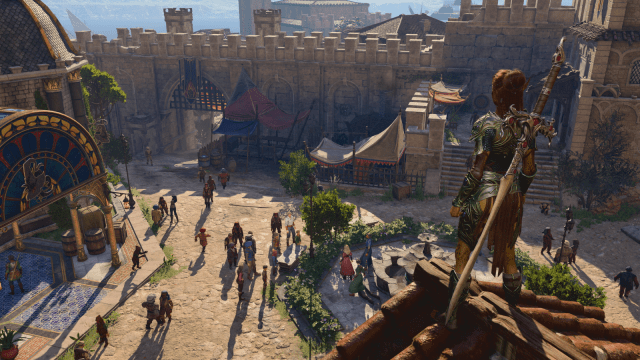
A few aspects of BG3 translate directly to 5E: Ability scores, for instance, work using the exact same point buy system. Races have marked differences, with humans and half-elves having different benefits than they do in 5E, but they’re similar overall to a 5E game using the Lineage optional rule system.
Differences between BG3 and 5E
If you’ve only ever played Baldur’s Gate 3, there are a few aspects of D&D 5E that you’ll find surprising. In particular, you’ll notice that BG3 adds extra mechanics to 5E that make it closer to the Divinity: Original Sin franchise.
Weapon abilities weren’t in traditional 5E
One of the biggest changes between 5E and BG3 is weapon abilities. These abilities are attached to each weapon: They are actions and bonus actions that alter the damage and properties of weapon attacks, from applying unique damage-over-time conditions like bleed, to less unique conditions like prone.
In 5E, weapons do not have these innate actions. The difference between a Longsword and Battleaxe in the tabletop game is its price tag. This makes choosing weapons a lot more interesting in BG3 than in D&D 5E—by default, at least. A DM could use creative storytelling to make weapon choices matter more, or incorporate BG3 weapon actions into the tabletop game, but they’d be doing so outside of the confines of the system.
Class changes
One of the smaller but still prominent changes between D&D 5E and BG3 is how classes work. In general, BG3 took some of the slower classes and buffed their abilities by a level or two, giving them a new coat of paint. Here are some of the changes that BG3 made to D&D 5E’s classes:
- The extra damage from Barbarian Rage is added to thrown weapons. Berserker no longer penalizes Barbarians with exhaustion for using the bonus attack. Instead, it penalizes them with a stacking attack penalty.
- Bardic Inspiration is now a flat number, rather than being based on Charisma.
- Divine Intervention, a level 10 Cleric feature, now allows for a few game-breaking effects, such as creating a legendary mace or resurrecting fallen allies and giving them an immediate Long Rest. It then becomes unusable.
- All Druids are given stronger Wild Shapes, rather than than them being restricted to Circle of the Moon.
- Monks obtain ki points at level one instead of level two. In addition, when a Monk uses Flurry of Blows, both attacks must target the same object or creature, rather than different targets.
- Paladins acquire their Oaths at level one. In addition, all Oaths gain an additional feature that allows Paladins to use Channel Divinity—called Oath Charge in BG3—at level one. Finally, Paladins can use Divine Sense to gain advantage on attacks against celestials, fiends, or undead, rather than just detecting them.

- Rangers’ Favored Enemy and Natural Explorer had huge reworks. Rather than simply dealing more damage to a type of enemy, they gain proficiency in a skill and then gain a miscellaneous effect, ranging from easier Ensnaring Strikes to heavy armor proficiency. Natural Explorer largely offers elemental damage resistances, but can also grant the Find Familiar spell or Sleight of Hand proficiency. This is a big departure from simply being better at walking through a specific type of region.
- The Thief Rogue’s Fast Hands ability changed from a small expansion of Cunning Action to a straight-up extra bonus action. This is excellent for multiclassing.
- The Sorcerer’s Draconic Bloodline also grants a single first level spell, such as Armor of Agathys for the White Dragon.
- The Warlock’s Pact of the Blade allows the user to use Charisma for attack rolls, rather than that ability being locked to the Hexblade subclass. The Warlock also gets a bonus ability at level five based on their Pact, giving them an Extra Attack with Blade, an Extra Attack for their Familiar with Chain, and a few new spells with Tome. These features are either absent from Warlock in the TTRPG or are found as an Invocation.
Magic items and attunement
Magic items are a critical part of the BG3 experience. Equipping a party with green, blue, red, or yellow equipment will be a gigantic boost to your damage, durability, or utility as you explore Faerûn. But this is a big departure from the tabletop game.
In 5E, some magic items have the “requires attunement” trait. These items don’t fully activate unless you are attuned to them, a process which requires a short rest. Once that hour is up, as long as you meet the item’s prerequisites, you become attuned to it, and learn how to use it sufficiently and innately.
However, in 5E, you can only attune to three powerful magical items at a time. Weapons and armor don’t always require attunement in tabletop D&D, but items like the Amulet of Misty Step would almost certainly take an attunement slot. This means that, instead of the 10 to 12 magic items that a BG3 build has by endgame, you would likely only get four or five—three items that require Attunement and a handful that don’t.
Inspiration
Larian Studios did an excellent job of gamifying Inspiration, one of the most open-ended rules in 5E. In BG3, a character gains Inspiration whenever something happens in the world that aligns with the character’s background. For instance, a Sage really wants to open the Book of Dead Gods in the Dank Crypt because it grants Inspiration.
Inspiration in BG3 works very slightly differently to the tabletop game, however. Inspiration is intended to be a reward for playing your character in a way that aligns with their ideals, personality, and flaws, rather than a set of events based on backgrounds. In 5E, if a Rogue says that one of his ideals is protecting the weak, and puts himself at risk to prevent a guard from bullying an orphan, their DM might decide to give them Inspiration.
Mechanically, Inspiration also works a little bit differently on the game board. In BG3, you can burn Inspiration when you fail a skill check or a saving throw out of combat. In 5E, you can use Inspiration on any attack roll, saving throw, or ability check, no matter the situation.
In addition, you normally don’t share Inspiration with your party—you keep it for yourself. However, this rule can easily be changed by a DM who wants it to be a party-wide resource.
Grid-based combat
D&D 5E’s combat system is intended to be played on a grid. This grid is usually square, and moving from one square to another costs five feet of speed—or more, depending on terrain. Diagonals don’t cost any additional movement, so areas of effect like Fireball end up looking like a square. You can’t make micromovements to barely avoid Lightning Bolt in the tabletop game—you’re either in the blast or safely outside the affected squares.
There are other ways to play the system, such as imagining the combat in a “Theater of the Mind,” but for the most part, combat is intended to be played on grid paper.
Quality of life features
There are a few quality of life changes that BG3 made to speed things up. For example:
- Prepared casters can change spells instantly.
- Short rests are instant, rather than taking an hour. Short rests are not limited by anything except time in 5E.
- Respeccing is instant and only costs 100 gold. In 5E, there are no set rules for respeccing and it’s largely determined by your DM.
Is BG3 a good intro to DnD 5E?
In general, BG3 is a good introduction to the mechanics of Dungeons & Dragons 5th Edition. Character building, ability scores, saving throws, spellcasting mechanics, and many more aspects are very similar to the base TTRPG. However, it does not introduce players to roleplaying, making decisions as their character, or asking their DM for more information.
BG3 follows DnD 5E’s rulebook very carefully, which is great. A new player will get the gist of what each class does, how the flow of combat works, and how actions, bonus actions, and movement are separated. There are small differences that you will have to relearn—initiative, for instance, is rolled with a d20 in 5E and a d4 in BG3. That said, these are just nitpicks and minor annoyances that are easy to get past.
Above all, BG3 does not prepare players for the abundance of choices and actions that TTRPGs have in store. While BG3 does a great job at giving players multiple options in dialogue, from kind to downright nefarious, it does not have infinite possibilities. BG3 won’t let a player leap from the balcony, grab a chandelier, and swing onto their enemy’s back. In 5E’s tabletop form, that’s a possibility, provided your DM is creative and willing.
These are not skills that you need for your introduction to TTRPGs, but they are important to keep in mind. In 5E, the player is an important storyteller, and they’re always working with their party and the DM to create a custom adventure. BG3 emulates this to a point, but could never match the infinite possibilities created by a group of like-minded friends.
That’s something you can only learn by sitting around a table.
Where to go if you want to start playing DnD 5E

Local card game stores and hobby shops often host events for new D&D 5E players. Forums for online board game websites like Roll20 and Foundry VTT are great places for those willing to play on digital tabletops. Conventions, like GenCon, also occasionally host tables for official D&D 5E play. If you’re keen to play tabletop D&D, especially if you’ve been inspired by BG3, there’s never been a better time to start.
Others Asked
What choices does a player have when creating a character in Baldur's Gate 3?
Players can choose their character's race, class, subclass, abilities, proficiencies, and background when creating a character in Baldur's Gate 3.
Why is creating a custom character in Baldur's Gate 3 recommended for a first run?
Creating a custom character is recommended because it allows players to make the character exactly how they want, with custom class, race, and abilities. Additionally, players can meet all origin characters and fully experience their companion quests.
What major feature is Larian Studios planning to add to Baldur's Gate 3?
Larian Studios is planning to add crossplay to Baldur's Gate 3, allowing players on PC, PS5, and Xbox to party together.


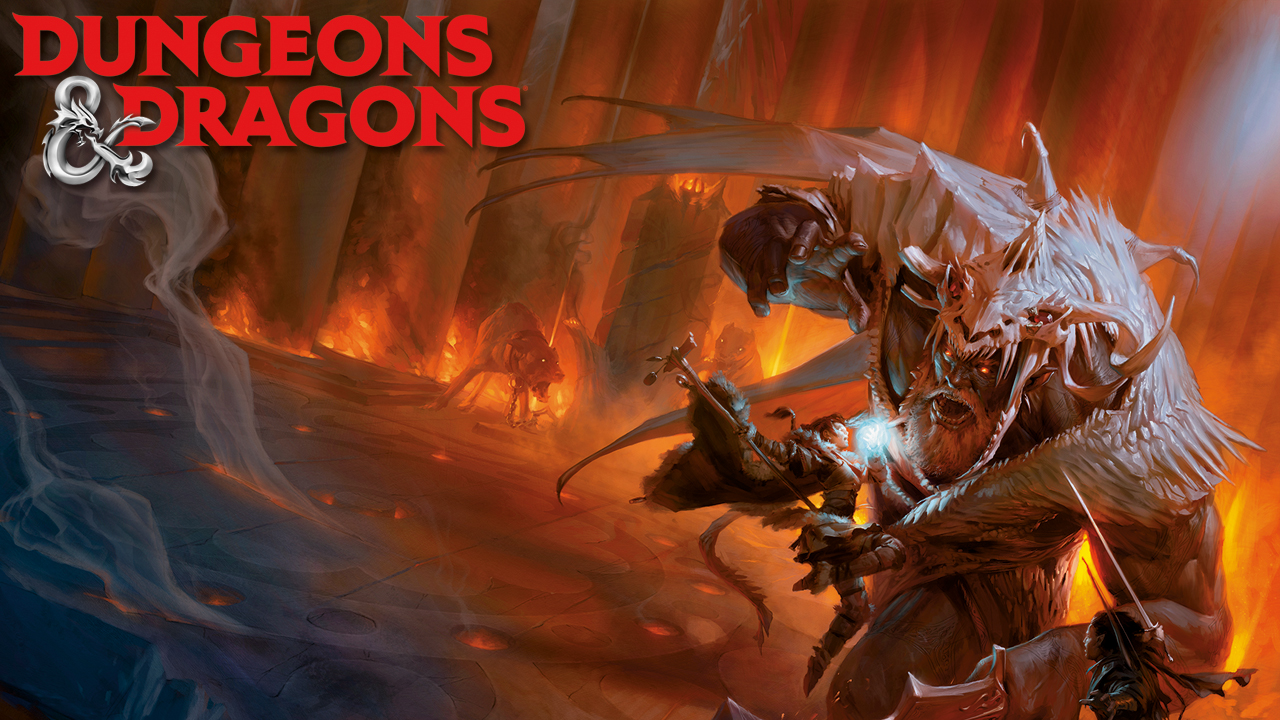



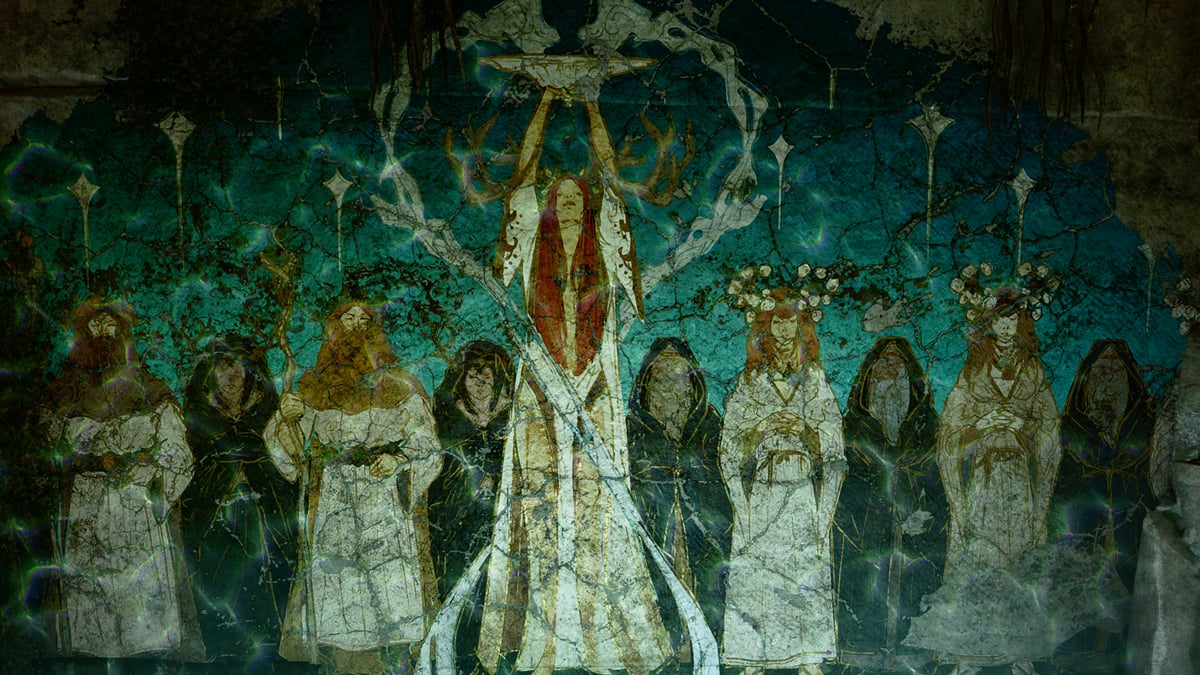
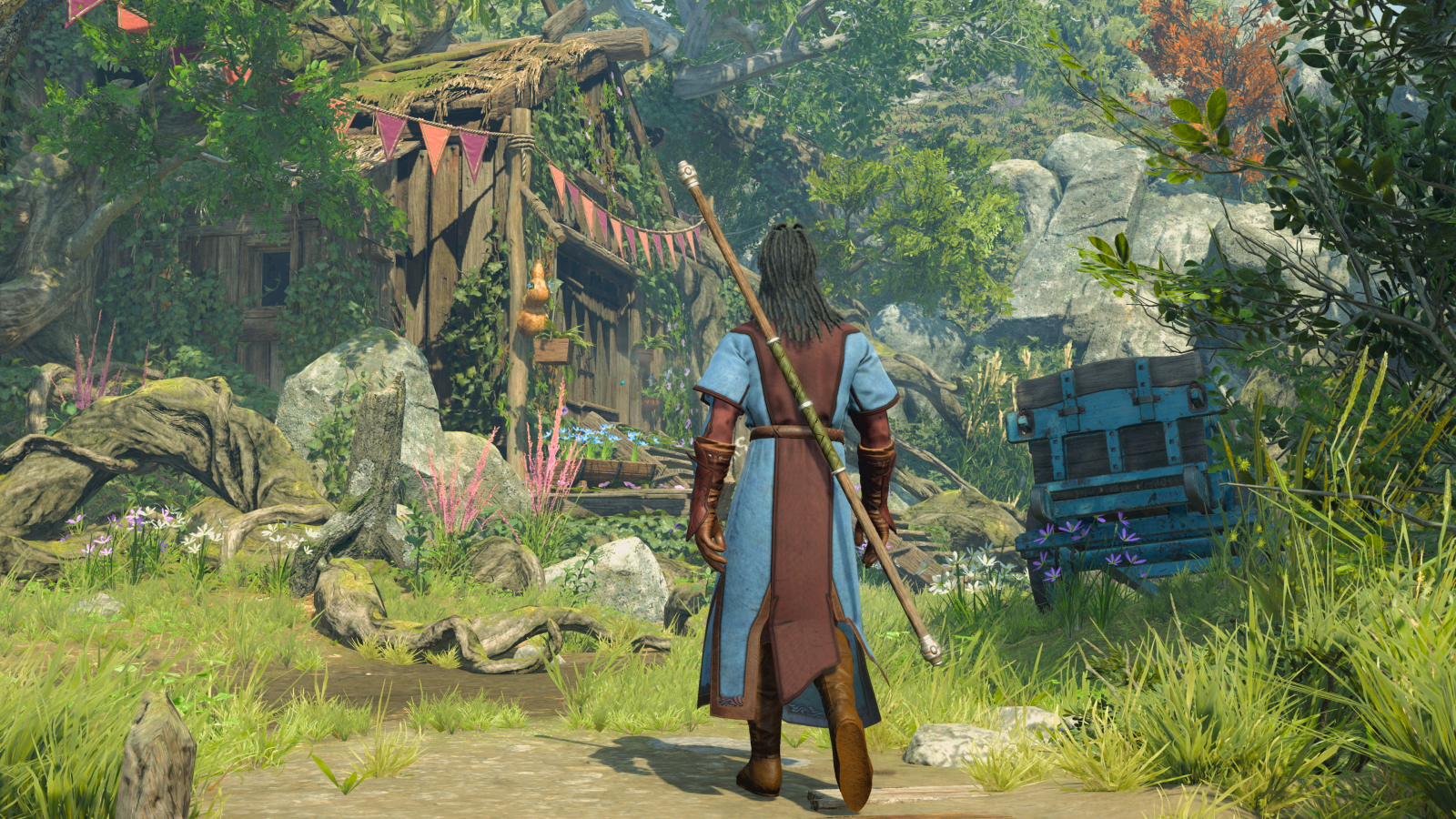
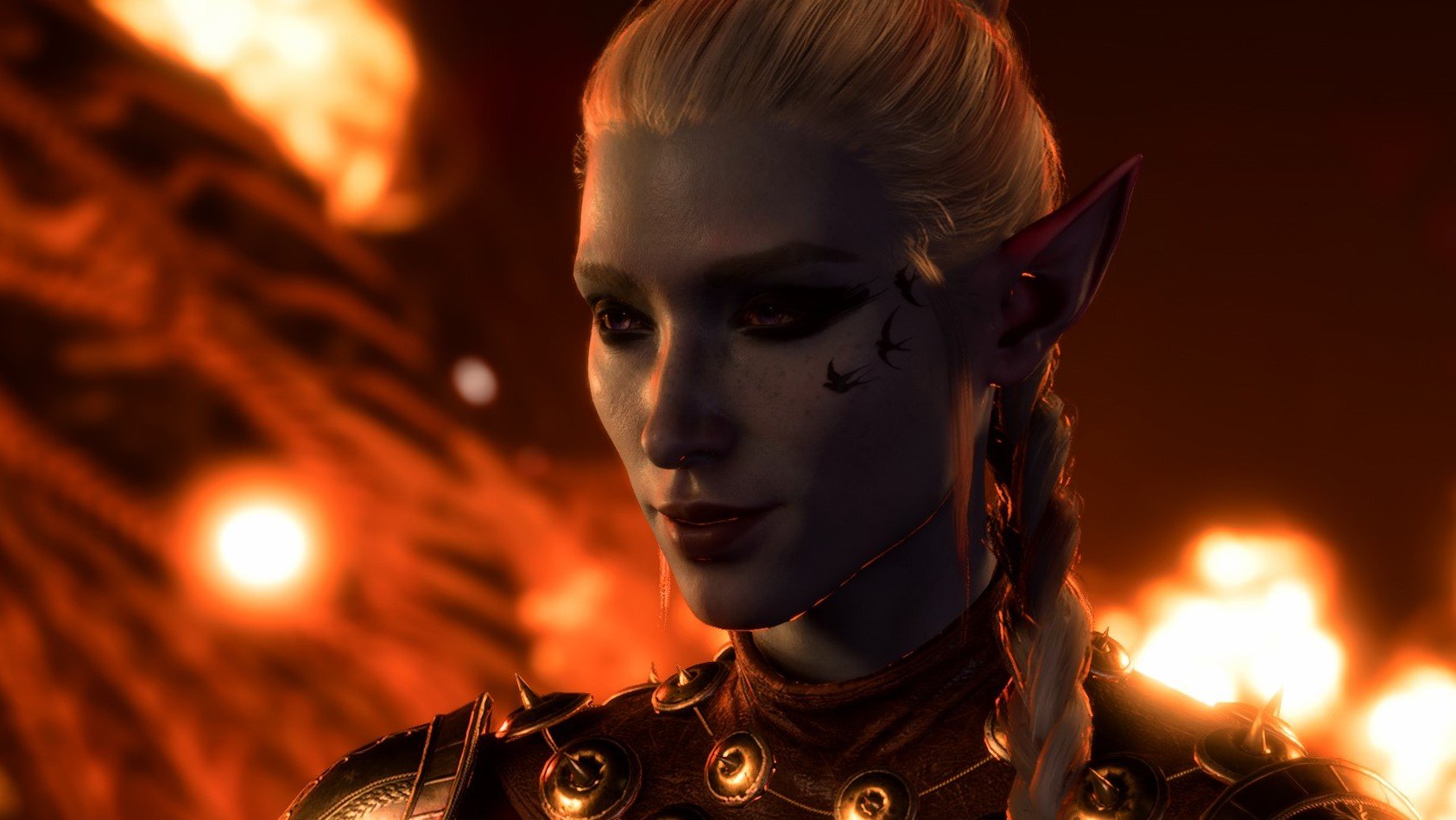
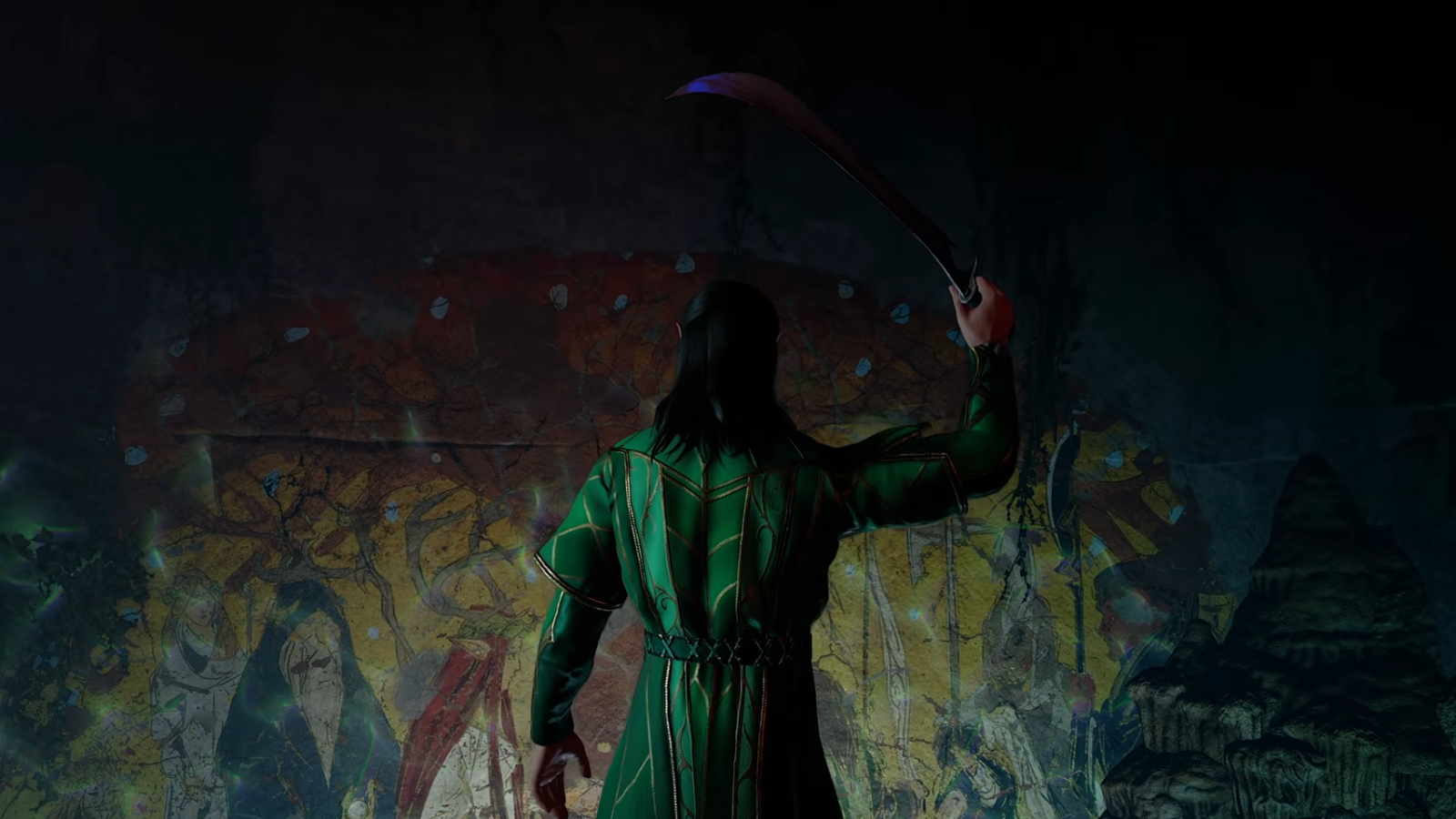
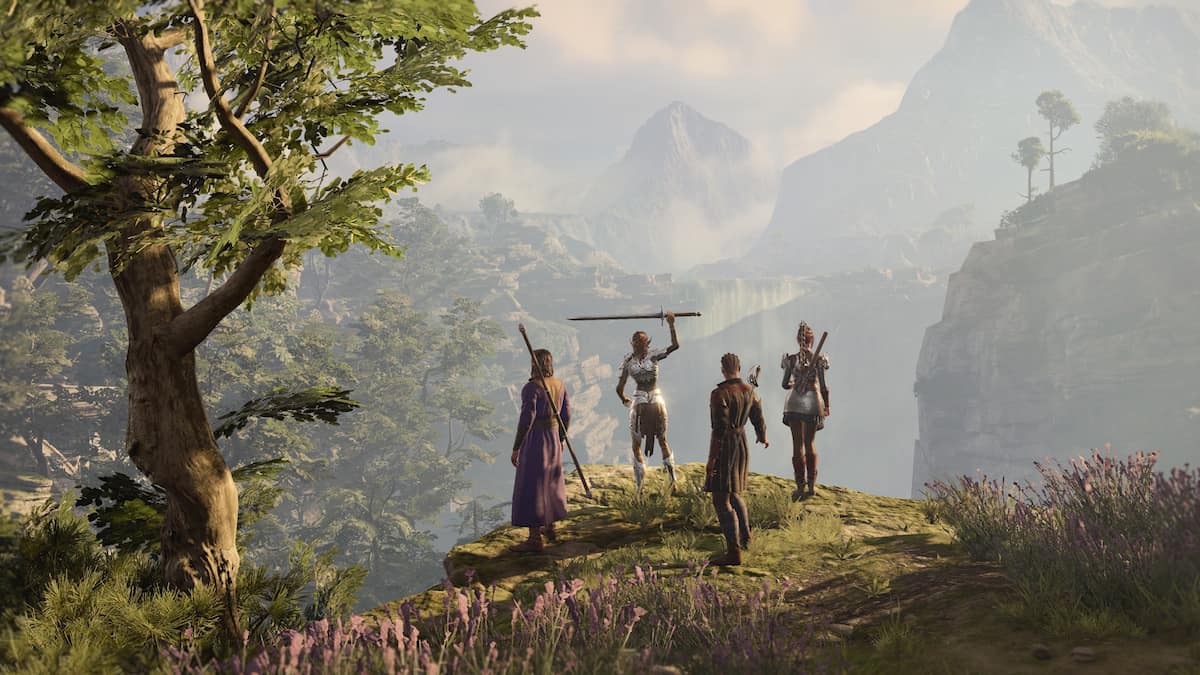
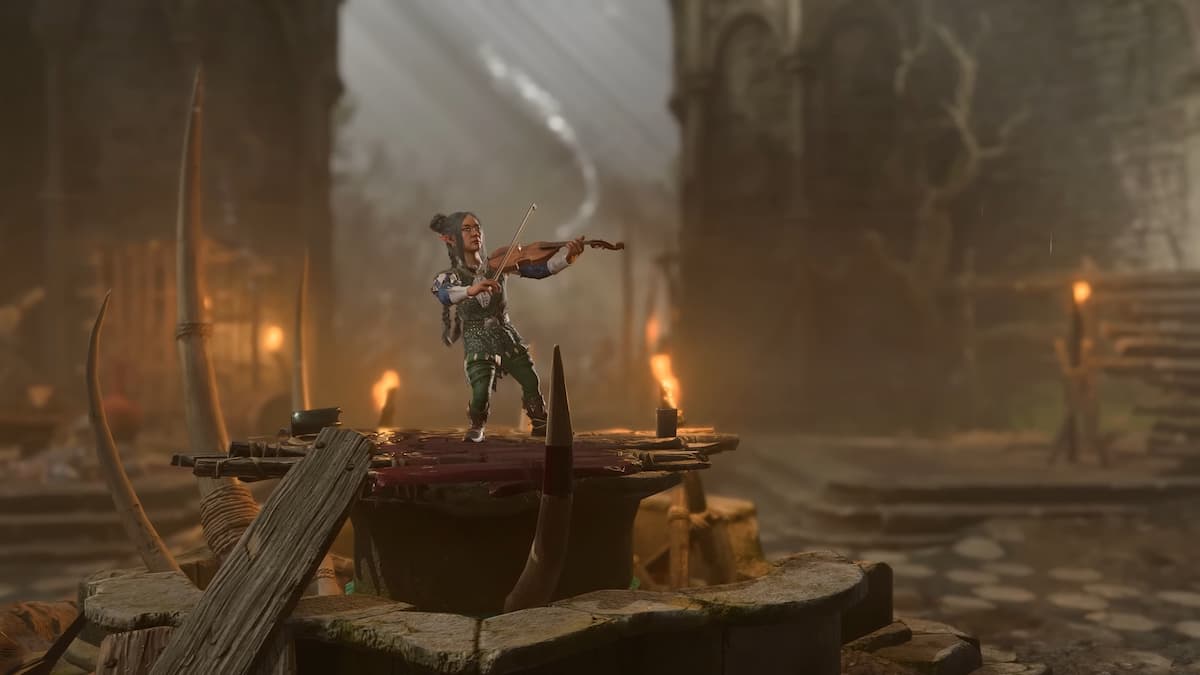
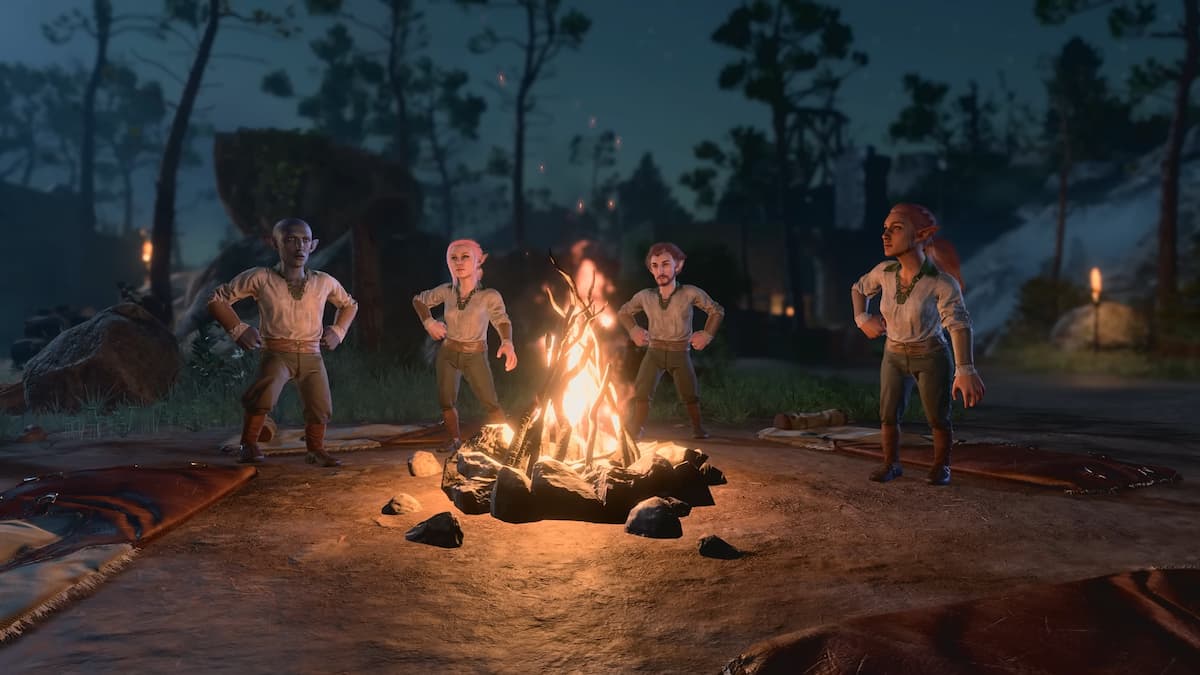
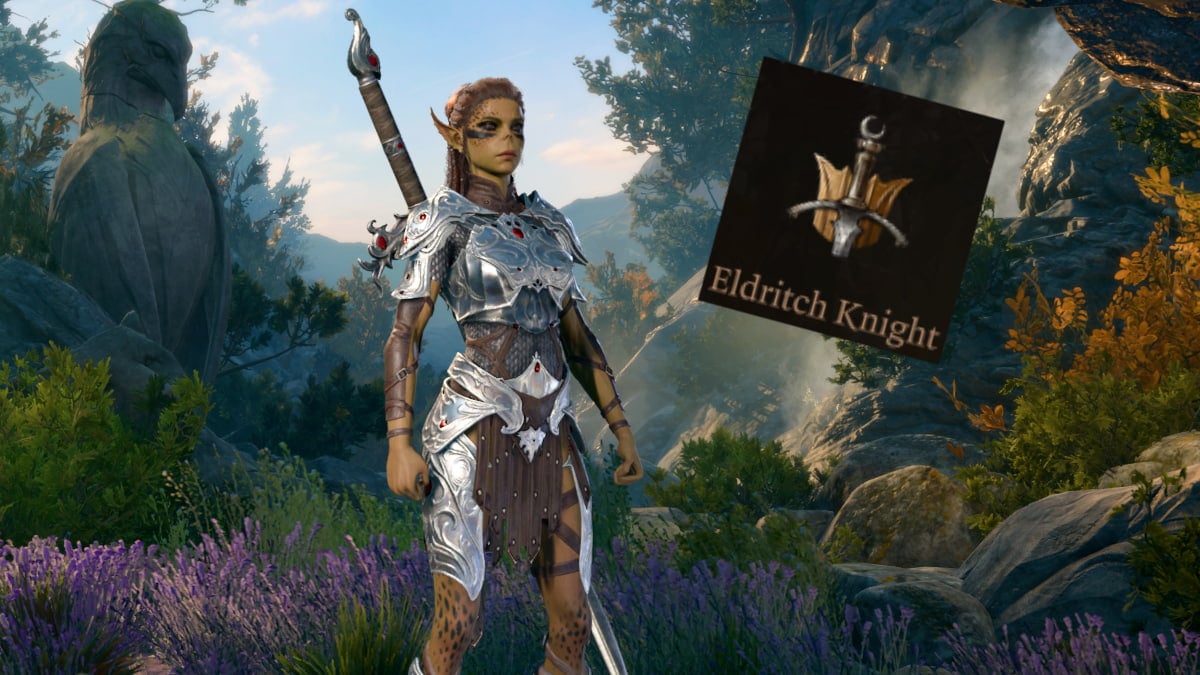

Published: Sep 10, 2023 09:29 am